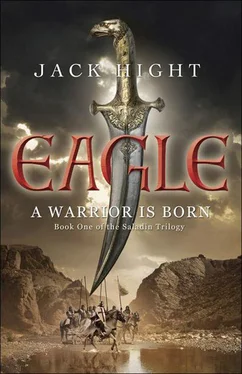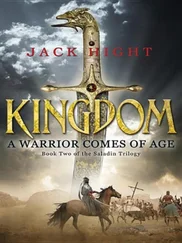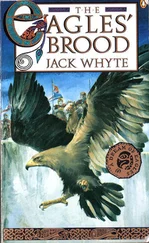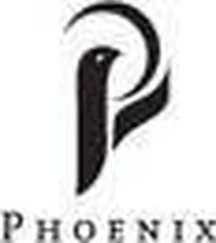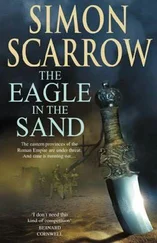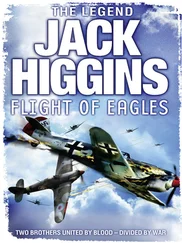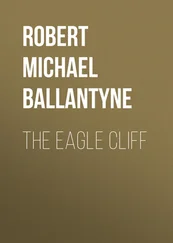On the Frankish side, King Baldwin, the young prince Amalric, William of Tyre and Reynald de Chatillon were all — as far as we know — more or less how I have portrayed them. I have not exaggerated Reynald’s cruelty. The story of him tying the patriarch to the roof of the citadel of Antioch is true. Reynald used the money that he extorted from the patriarch to invade Cyprus, where he and his men went on a rampage, looting churches, burning crops, raping women and cutting the throats of those who were too young or too old to be sold into slavery. Reynald is also known to have regularly raided in Muslim lands. In fact, although I moved his capture to the battle of Jacob’s Ford in 1157, he was actually captured three years later while raiding cattle. He was confined in Aleppo for sixteen years before being ransomed by the Byzantine emperor Manuel for the mind-boggling sum of one hundred and twenty thousand dinars — this at a time when a mamluk’s monthly wage was only three dinars.
The only major character who was not real is John. However, while John is fictional, much of his story is based on fact. Saxons like John did suffer greatly during and after the Norman invasion of England. As many as one hundred thousand men and women — nearly ten per cent of the population of England at the time — were killed in the Harrowing of the North, during which the Normans developed many of the scorched-earth techniques that they later used in conquering the Holy Land. Many Saxon warriors fled to seek their fortune elsewhere. Some made their way to Constantinople, where they eventually formed the Emperor’s Varangian guard. Others headed for the Holy Land. And some, like John, no doubt ended up in slavery. After the failed siege of Damascus during the Second Crusade, there were so many captured crusaders in the city’s markets that some were indeed sold for the price of a pair of sandals.
I have done my best to portray accurately the details of the world in which John finds himself — the food, the markets, the slaves, the mamluks, the desert. The poems that Yusuf recites from the Hamasah were quoted from C. J. Lyall’s translations in John Cunliffe and Ashley Thorndike (eds), The Warner Library, Vol. 2: The World’s Best Literature. I drew on contemporary accounts, ancient maps and modern archaeological research to describe the walls, gates, buildings and general layout of Baalbek, Acre, Damascus, Tripoli and Aleppo. These cities have of course changed since crusader days, but many of their greatest treasures remain. The Roman temple in Baalbek — the largest in the world — is still every bit as spectacular as I describe it. Aleppo’s citadel, perched on a hill above the city, is a marvel. And the Umayyad mosque in Damascus is one of the great achievements of early Islam.
The Islamic world was in many ways more advanced than Europe at the time. While earlier practices like trial by fire persisted, this was also a society that had modern courts of law, psychiatric hospitals, brilliant philosophers and which, most spectacularly, invented modern medicine. Their doctors developed the germ theory of disease, techniques for removing cataracts and even medication for heart disease. Islamic medical books from the eleventh century were still being used in European medical schools into the early 1900s. Unsurprisingly, many Muslims, Jews and native Christians looked upon the Crusaders as dirty barbarians. One example of this attitude is the story that Ibn Jumay tells of the mad Frankish doctor whose only idea of medicine is cutting off body parts. I took the story from the autobiography of Emir Usama ibn Munqidh.
Of course not all Europeans were savages like this doctor or brutes like Reynald de Chatillon. Thousands were inspired by their faith to make the arduous journey to the Holy Land. And many of the Europeans who settled there adopted eastern ways, wearing caftans and turbans, bathing regularly, eating local foods and employing Jewish or Muslim doctors. They were part of a vibrant culture — Christian, Muslim and Jewish; eastern and western — which existed in the Middle East during the Crusades. While Eagle is a work of fiction, I hope that it does justice to the complexity of this culture and to the life of the man who represented the best it had to offer: Saladin.
